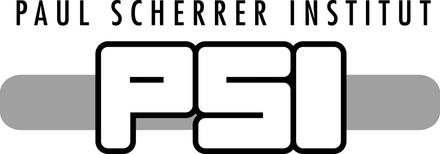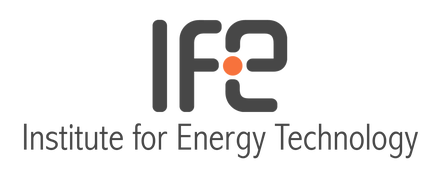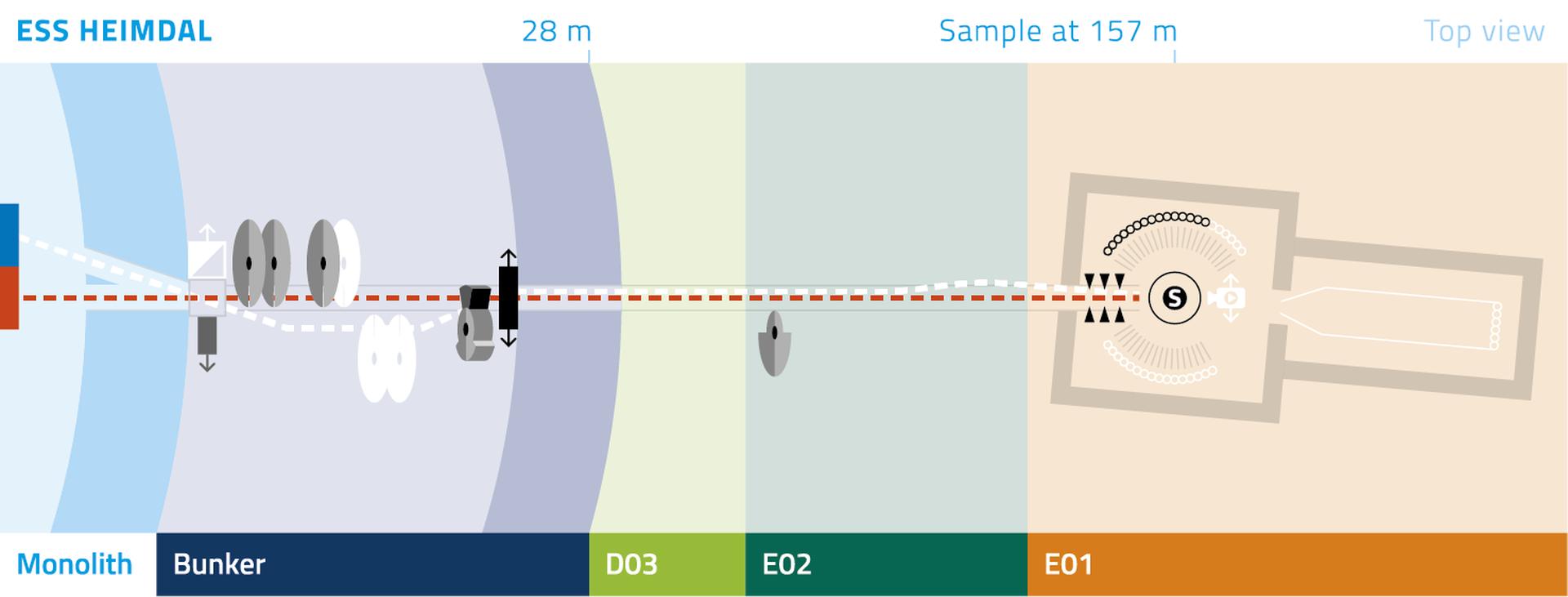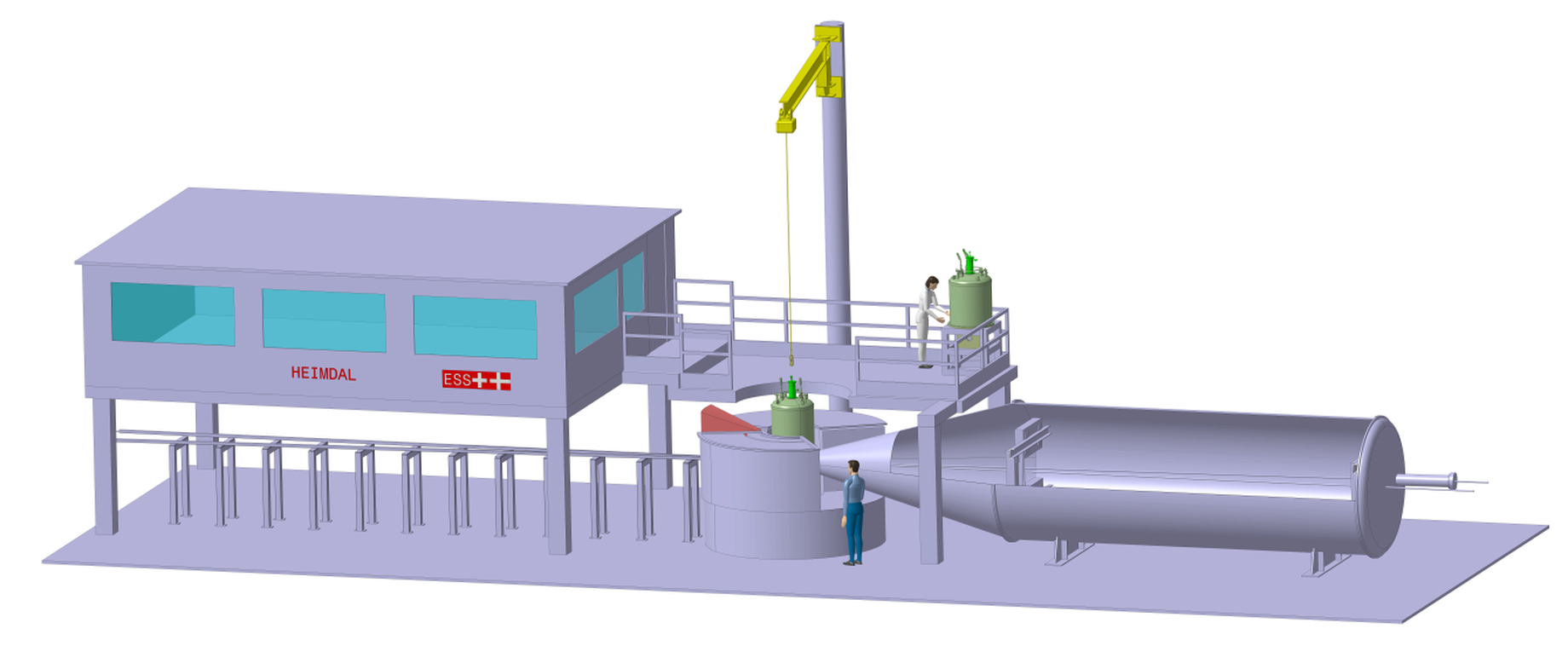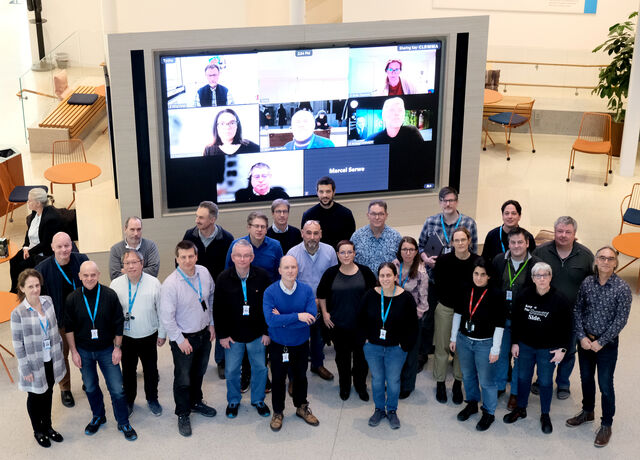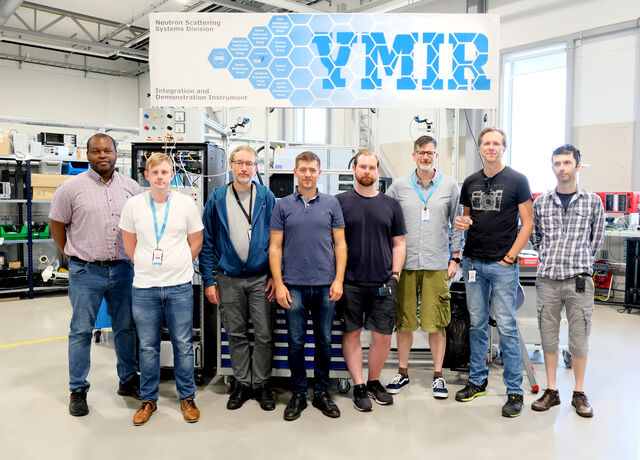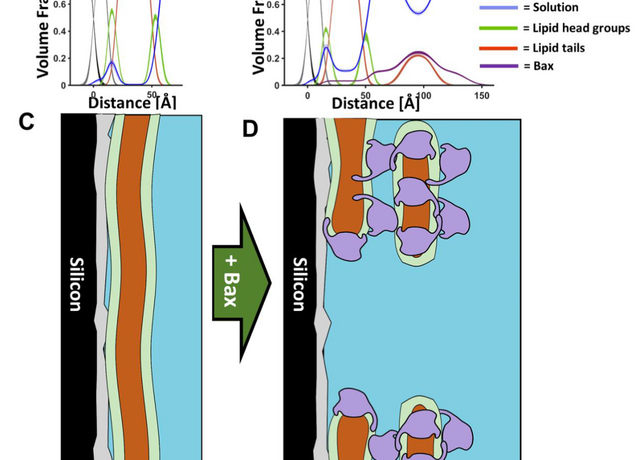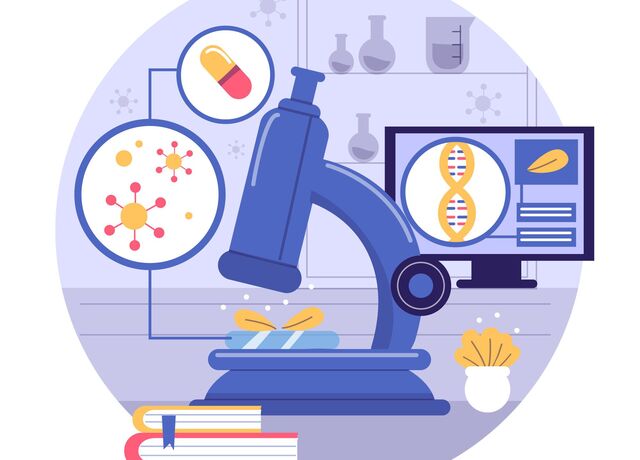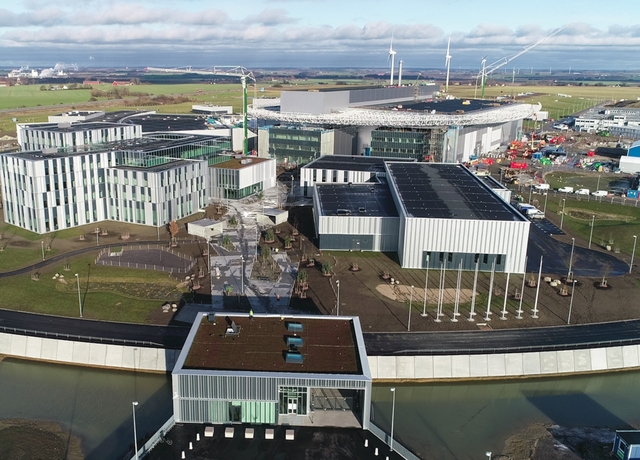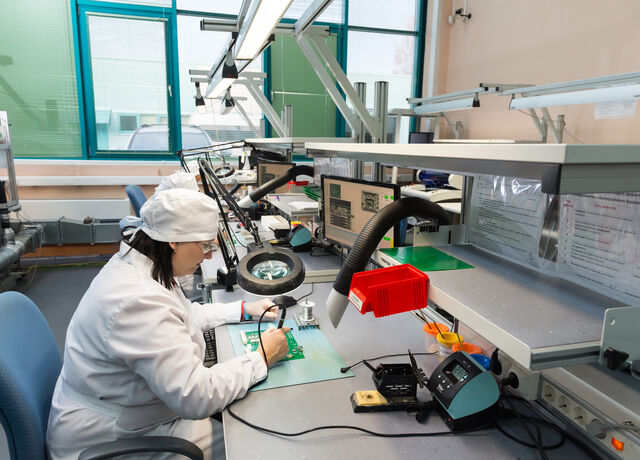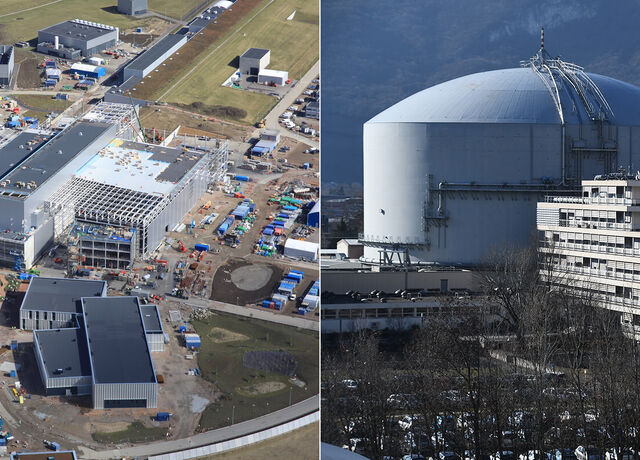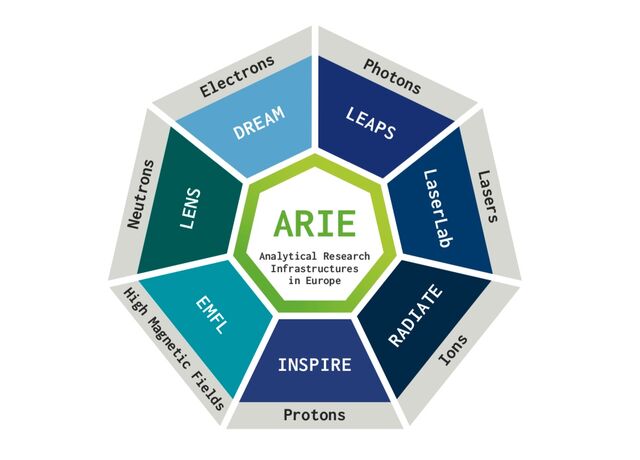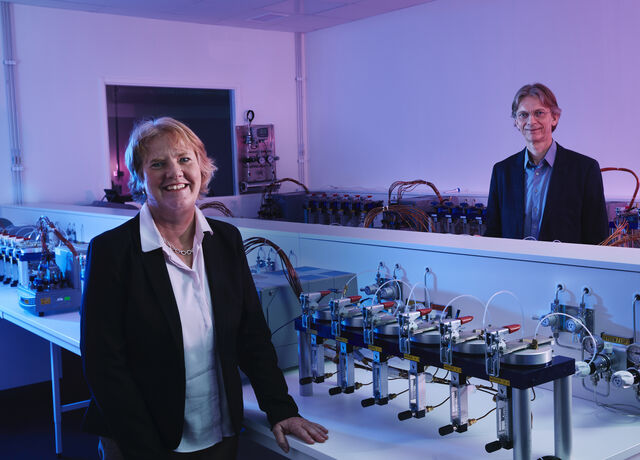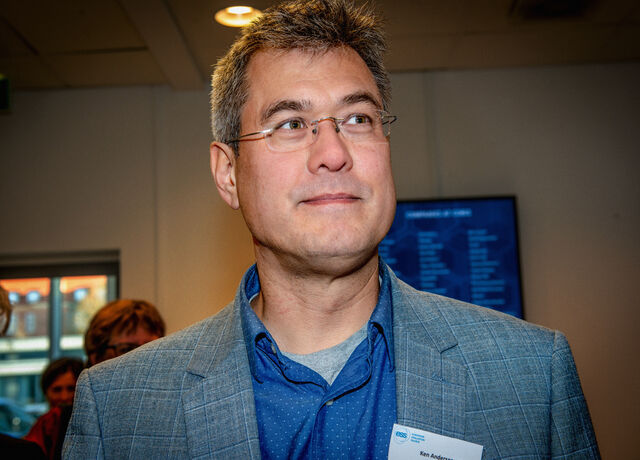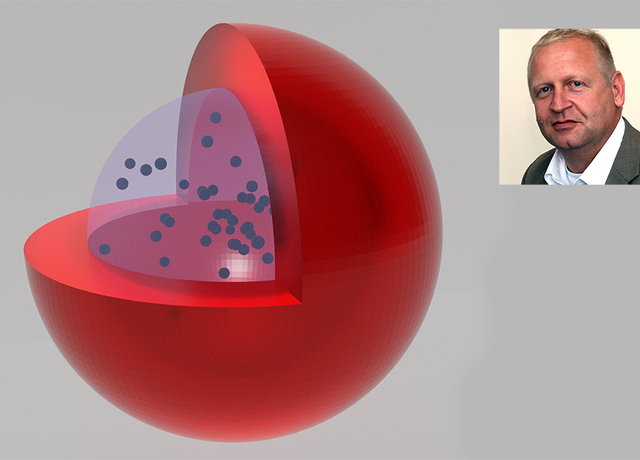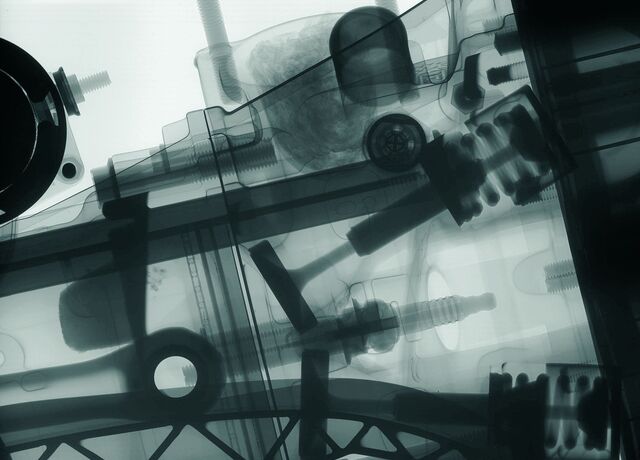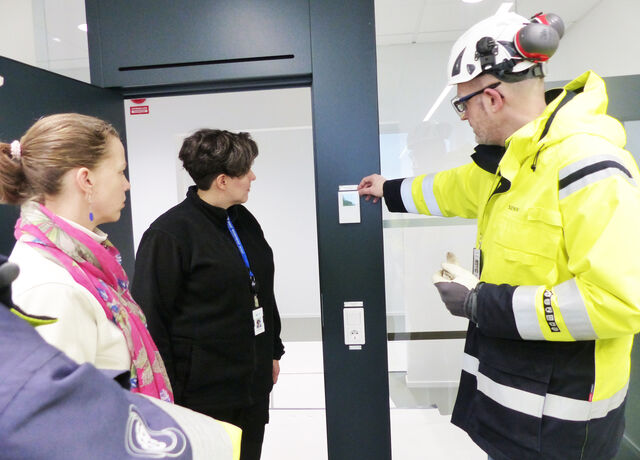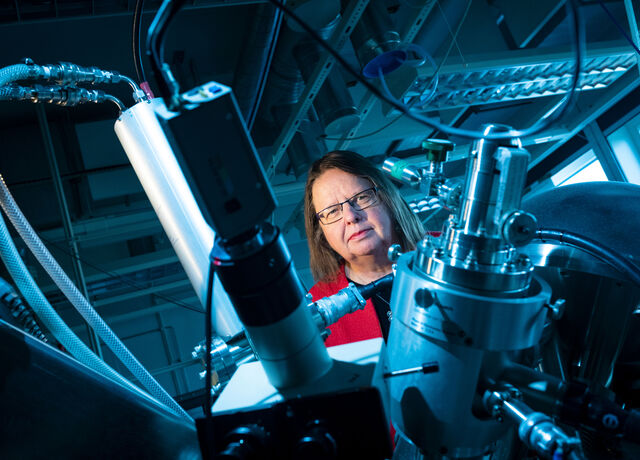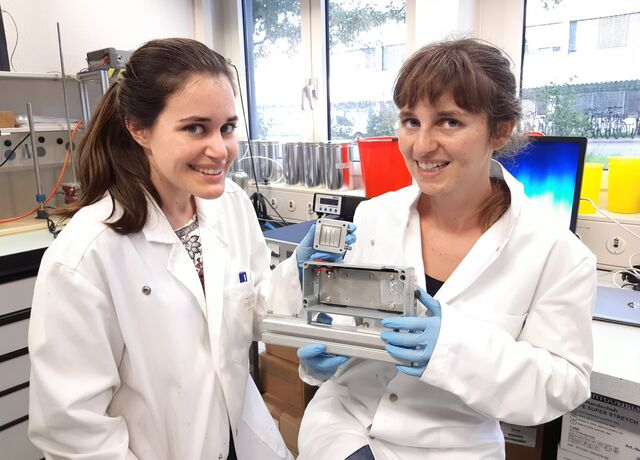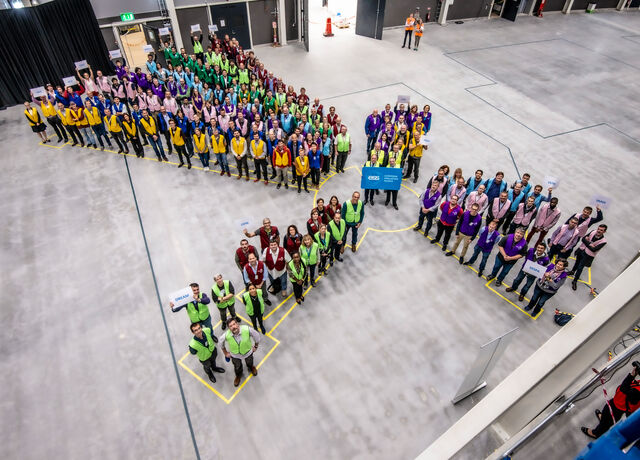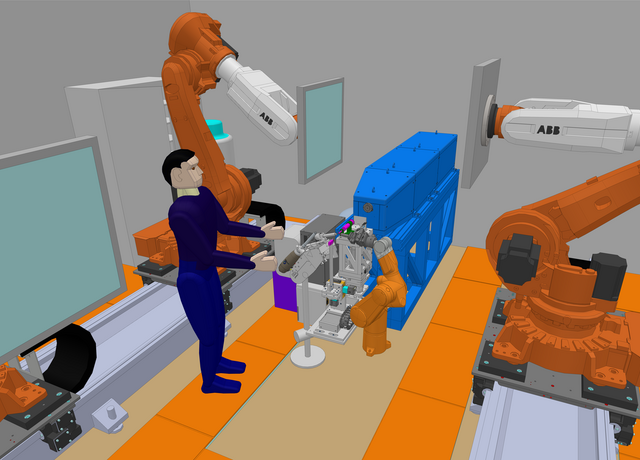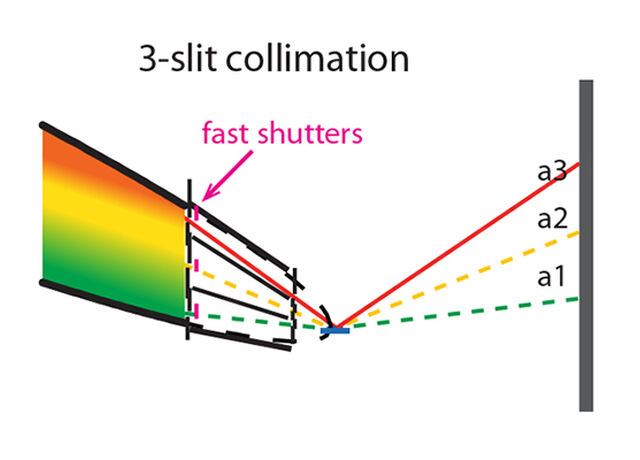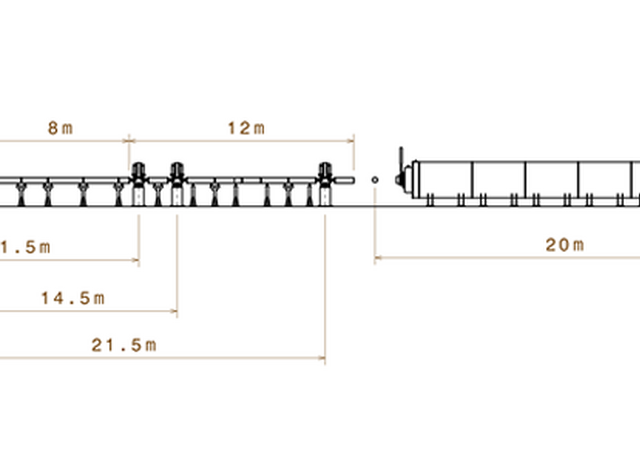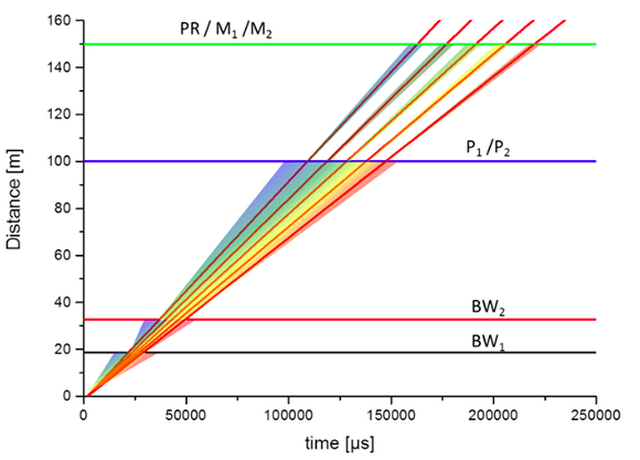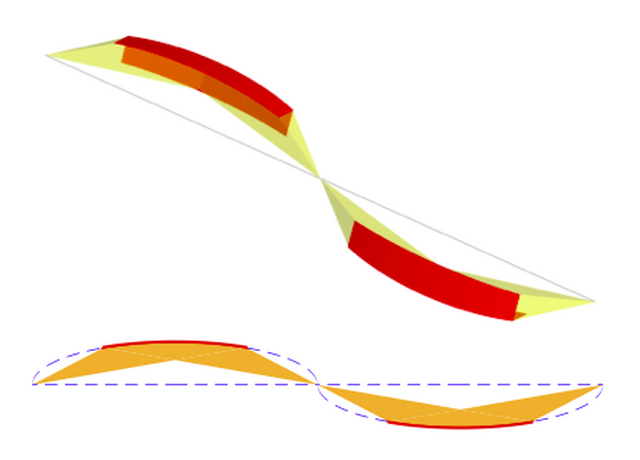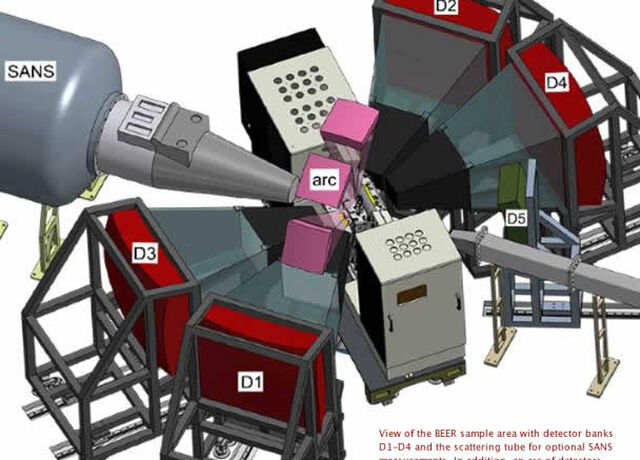HEIMDAL
Hybrid Diffractometer
HEIMDAL at ESS will be a multi-length-scale neutron scattering instrument designed for studying advanced functional materials. Specialities include energy-related materials, composites, scaffolds, phase transition and nucleation, and materials with magnetic properties. HEIMDAL is designed to study real materials, in real time, and under realistic conditions.
The instrument combines high resolution or high speed thermal powder diffraction with Small-Angle Neutron Scattering (SANS) and imaging. The full-scope instrument uniquely features a cold and a thermal guide for fulfilling the diverse requirements for diffraction and SANS. With an instrument length of 158 m from source to sample, HEIMDAL will take advantage of the high neutron flux of the long pulse at ESS, whilst maintaining a high q-resolution due to the long flight path. The powder diffractometer has a q-range coverage of up to 25 Å-1 allowing pair distribution function (PDF) analysis of total scattering data. With the addition of SANS with a 10 m long collimation section and matching distance from sample to detector, HEIMDAL will be able to cover a uniquely broad length scale within a single instrumental set-up.
Instrument Class
Beam Port
Lead Scientist
Lead Engineer
Functional materials have always been a major driver of civilisations in their search for prosperity and superiority. This is reflected by names associated with different periods in history: the Stone Age, the Bronze Age, the Iron Age etc.
Studies of functional materials are generally shifting from data obtained in the equilibrium state, to experiments performed in situ and in operandi. HEIMDAL is built with the purpose of addressing multiple length scales with a high time resolution.
HEIMDAL is an optimized thermal-neutron powder diffractometer (TNPD). The chopper setup of HEIMDAL allows the instrument to be run in a high-flux mode for fast data acquisition, or in a high-resolution mode for very precise crystallographic studies of complicated structures.
HEIMDAL will serve the conventional powder diffraction community in its desire for both resolution and speed, while spawning an entirely new user community focused on its new capabilities for multiple length scale studies.
The scientific focus areas of the instrument are related to the strengths of neutron scattering in comparison with X-ray scattering: contrast between elements with similar atomic number (Z); magnetic materials; use of bulky sample environment; and measurements of samples in the sizes required for real applications. The research areas in which HEIMDAL will excel can be divided into four different groups—all to a large extent involving in situ investigations:
- Light elements and energy-related materials
- Composites, scaffolds or matrix-embedded systems
- Phase transition and nucleation
- Materials with magnetic properties
These topics map very well onto the science case written into the ESS Technical Design Report (TDR). The instrument design allows large q-coverage with a time resolution sufficient to follow chemical and physical processes in real time. HEIMDAL is designed to study real materials, in real time, and under realistic conditions.
HEIMDAL is designed as a narrow band (Δλ = 1.7 Å) thermal neutron powder diffractometer. The narrow band is selected to coincide with the peak flux emitted from the thermal moderator (0.5-2.2 Å).
The pulse-shaping choppers installed 6.5 m from the moderator ensure flexible flux and peak resolution by spinning at different frequencies. The instrument represents an optimal design for moderately large structures with unit cells <25 Å, i.e. unit cell volumes <15,000 Å3. The instrument is designed to cover a large q-range from 0.6-25 Å-1 using a cylindrical detector arrangement from 10-170°, as shown in the instrument layout above. A set of slit jaws in front of the sample controls the divergence of the incoming beam to match the resolution from the pulse-shaping chopper. The intended sample size is 5x20 mm2 (diameter x height), but to reach the best resolution the sample should be reduced to 3x10 mm2.
In addition to the optimised thermal neutron powder diffractometer, the instrument has been uniquely designed with full capabilities for SANS and Neutron Imaging (NI). The different techniques require completely different optics: TNDP favors a wavelength resolution (Δλ/λ) < 0.5%, to produce sharp powder diffraction peaks. SANS on the other hand can accept Δλ/λ ~10%, while SANS requires a highly collimated beam. TNPD can increase the flux by increasing divergence and focus the beam onto the sample. Finally, a short wavelength is advantageous for TNPD as this allows large coverage of reciprocal space. In contrast SANS uses long neutron wavelengths to measure scattering at small q. Therefore HEIMDAL will be outfitted with two guides - a thermal and a cold guide. The two beams are extracted from the same beamport and transported to the sample position. The thermal guide is optimized for TNPD, while the cold guide is optimized for SANS and partially for NI. The SANS detector can be seen in the layout visualization.
The relatively open detector geometry around the sample position allows for large sample environment to perform in situ or in operando experiments. A radial collimator is placed in front of the diffraction detectors to avoid parasitical scattering reaching the detector.
Sample Environment
Scientists from all over the world will be able to bring their own specialised sample environments in order to study their materials under conditions similar to real life.
With sample environment from the ESS sample environment pool, HEIMDAL is expected to perform parametric studies in the following range:
- Temperatures between 10 mK and 2000 K
- Automatic sample changer in the temperature range 1.8-350 K
- Vertical magnetic fields up to 15 Tesla at temperatures 1.8-300K, special cases 50 mK
- Uniaxial pressure up to 20 GPa at temperatures down to 3 K
- Electric fields up to 10 kV/mm at temperatures down to 1.8 K
Andersen, K. H. et al. The instrument suite of the European Spallation Source. Nuclear Instruments & Methods in Physics Research Section a-Accelerators Spectrometers Detectors and Associated Equipment 957, 39, doi:10.1016/j.nima.2020.163402 (2020).
- HEIMDAL: A thermal neutron powder diffractometer with high and flexible resolution combined with SANS and neutron imaging - Designed for materials science studies at the European Spallation Source, Nucl. Instr. Meth. Phys. Res. A 828, p 229-241 (2016), S. L. Holm, K. Lefmann, Paul Henry, Mads Bertelsen, Jürg Schäfer, and Mogens Christensen.
- 50 Years of Swiss Neutron Diffraction Instrumentation, Swizz neutron news 42, 4 (2013), P. Fischer, J. Schefer, L. Keller, O. Zaharko, V. Pomjakushin, D. Sheptyakov, N. Aliouane, S. L. Holm, K. Lefmann, M. Christensen, and M. Frontzek
- Kemi ved European Spallation Source (ESS) Dansk Kemi, 95, 12 (2014), N. B. Christensen, M. Christensen
Lead Scientist
Dan Mannix, Aarhus University, Denmark
Lead Engineer
Kåre Iversen, Aarhus University, Denmark
Optics Design
Jonas Birk, University of Copenhagen, Denmark
Detector design
Jürg Schefer, Paul Scherrer Institute (PSI), Switzerland
Shielding Design
Rodion Kolevatov, Institute for Energy Technology (IFE), Norway
Instrument main proposer, ICEB
Mogens Christensen, Aarhus University, Denmark
ICEB Member
Bjørn Hauback, Institute for Energy Technology (IFE), Norway


























